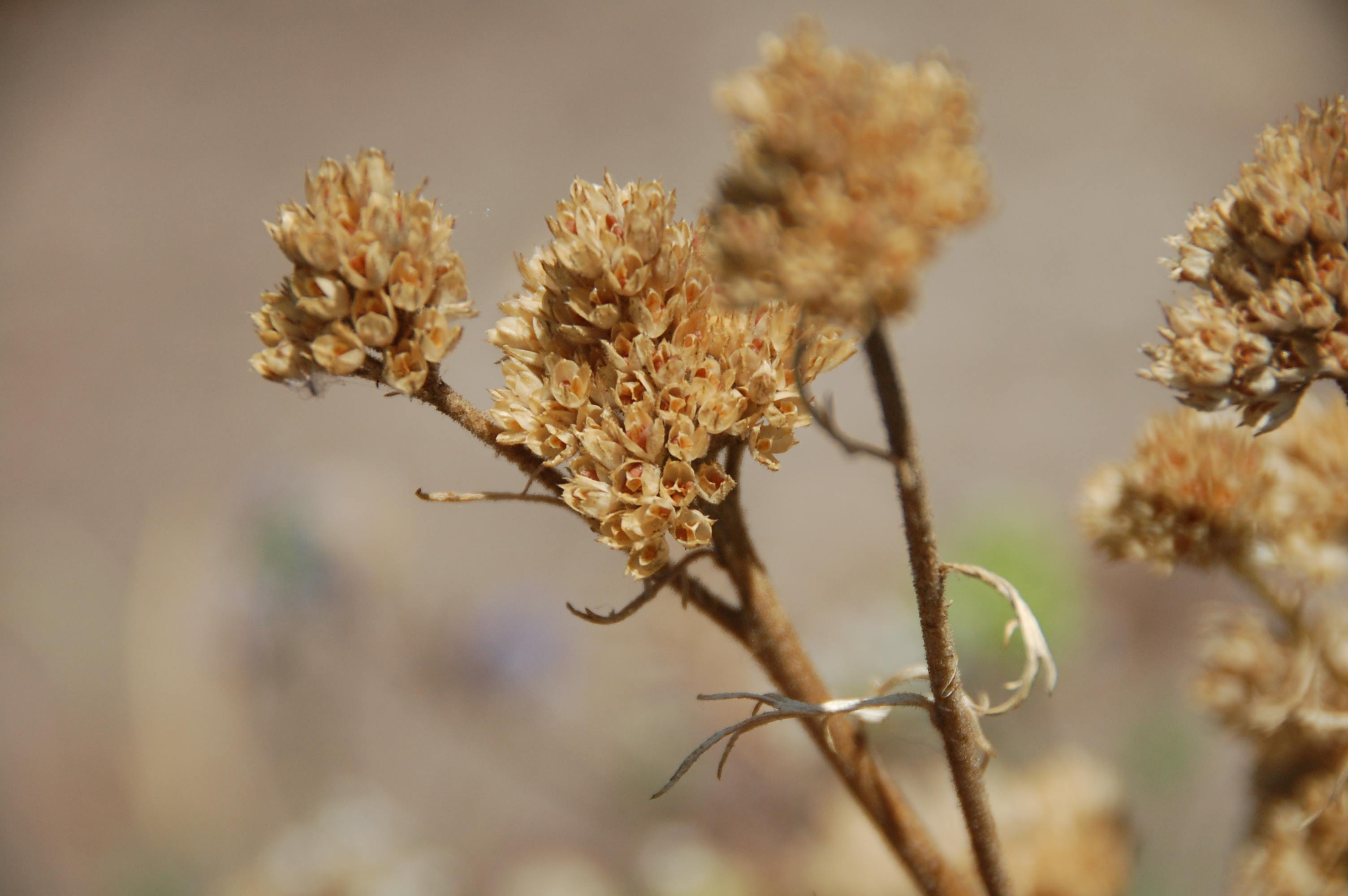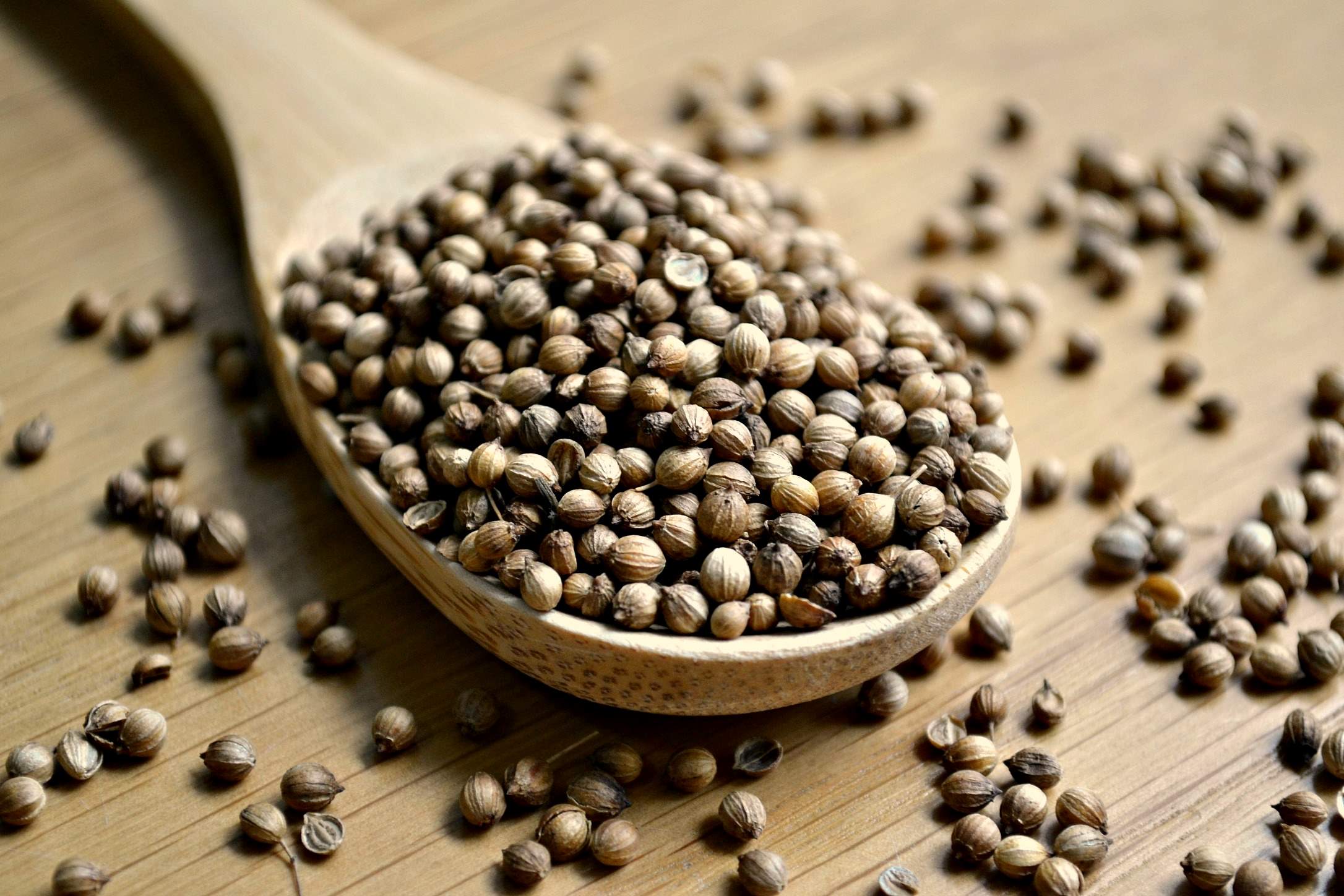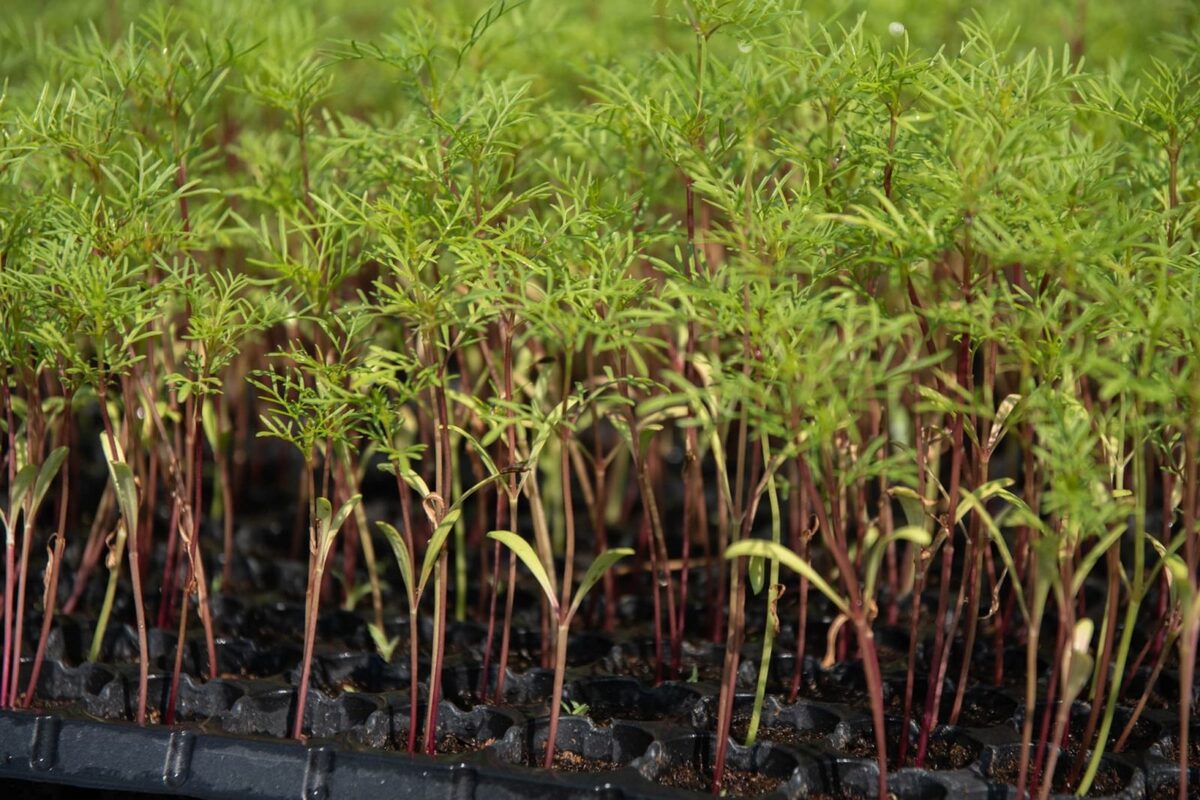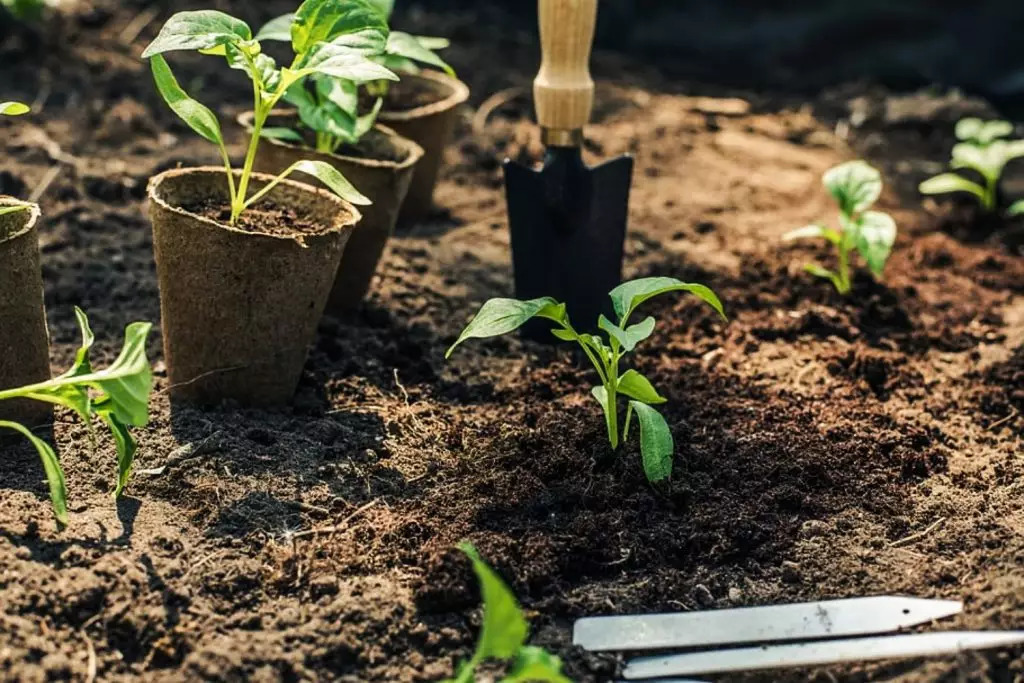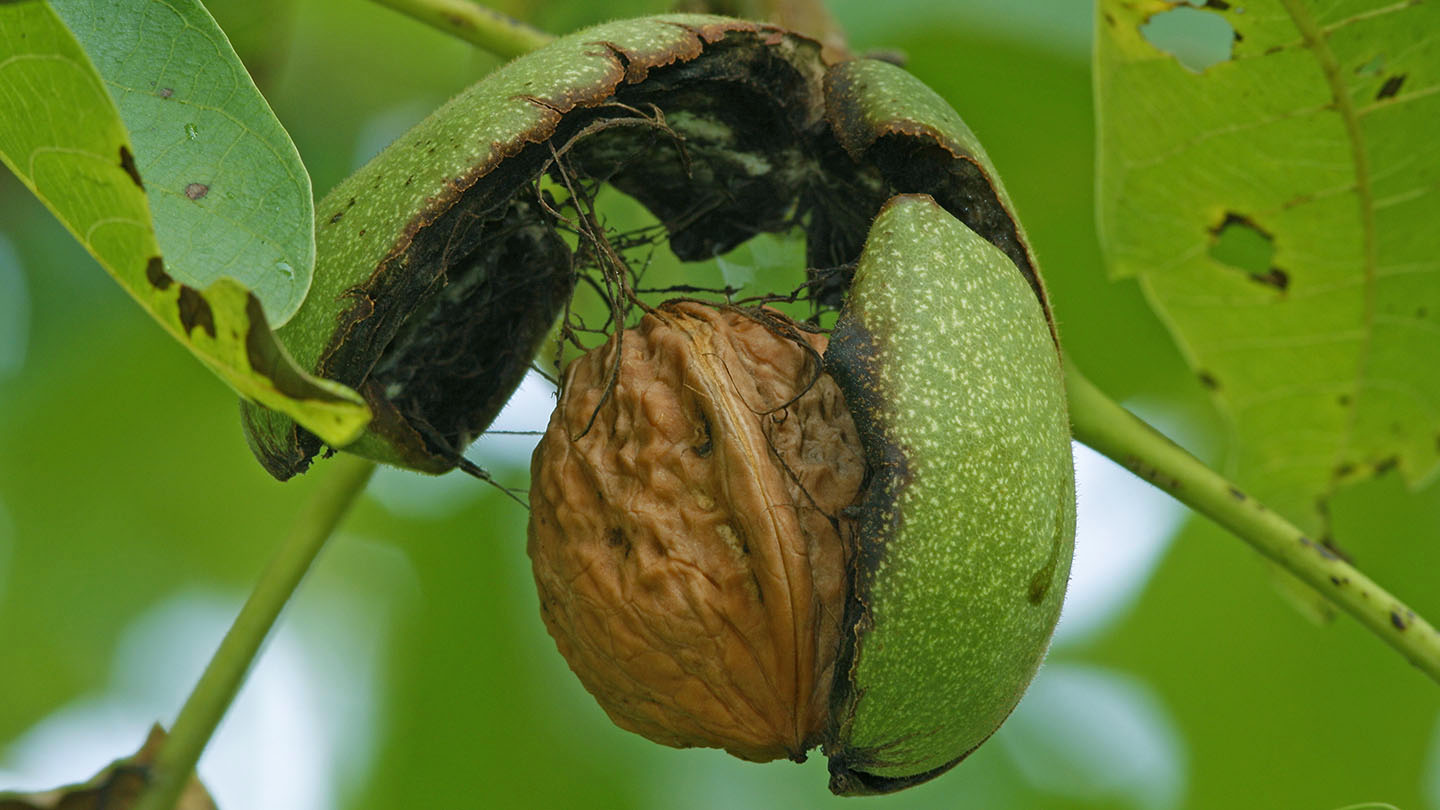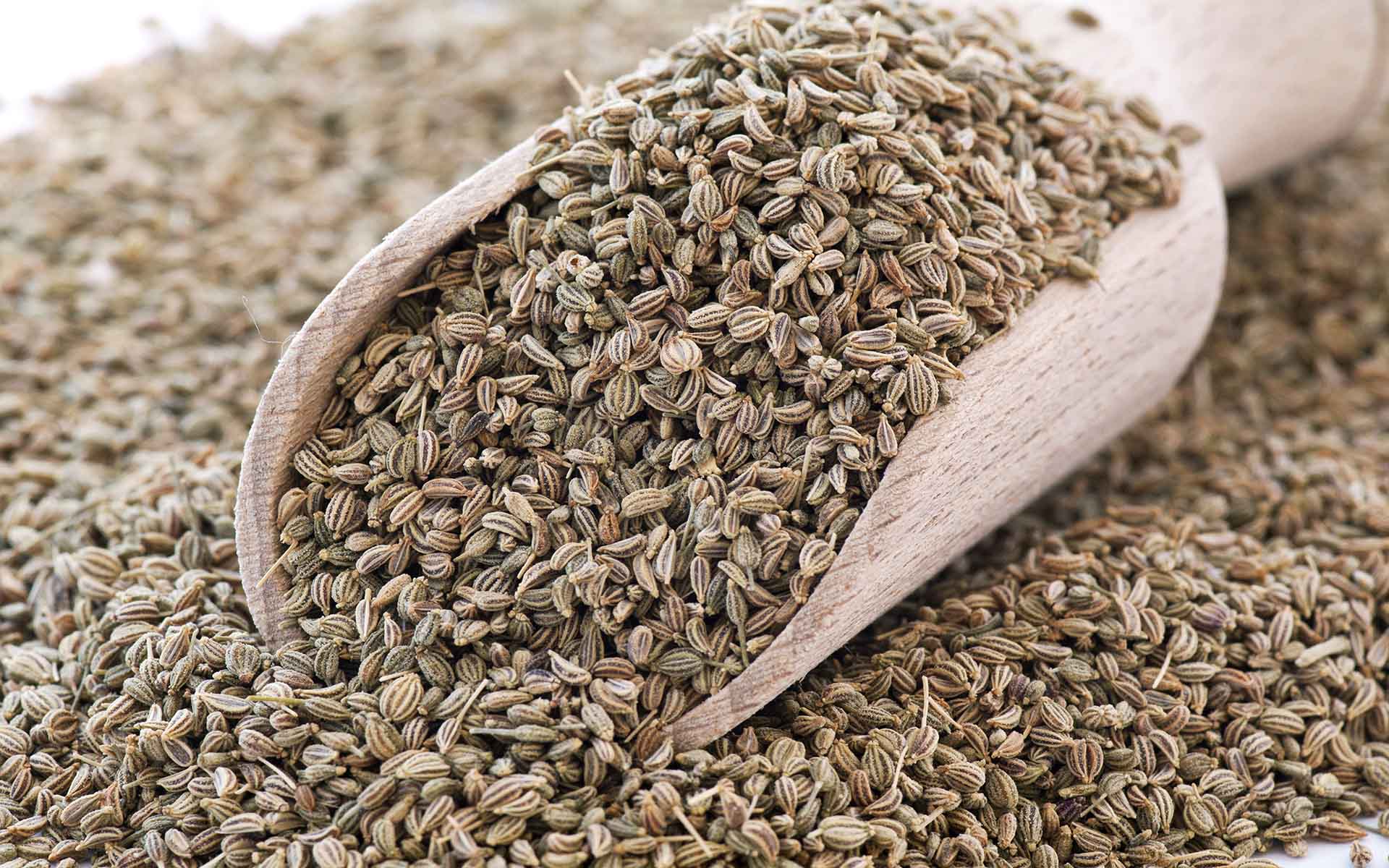Home>Types of Gardening>Ornamental Gardening>What Do Sunflowers Look Like When They Sprout
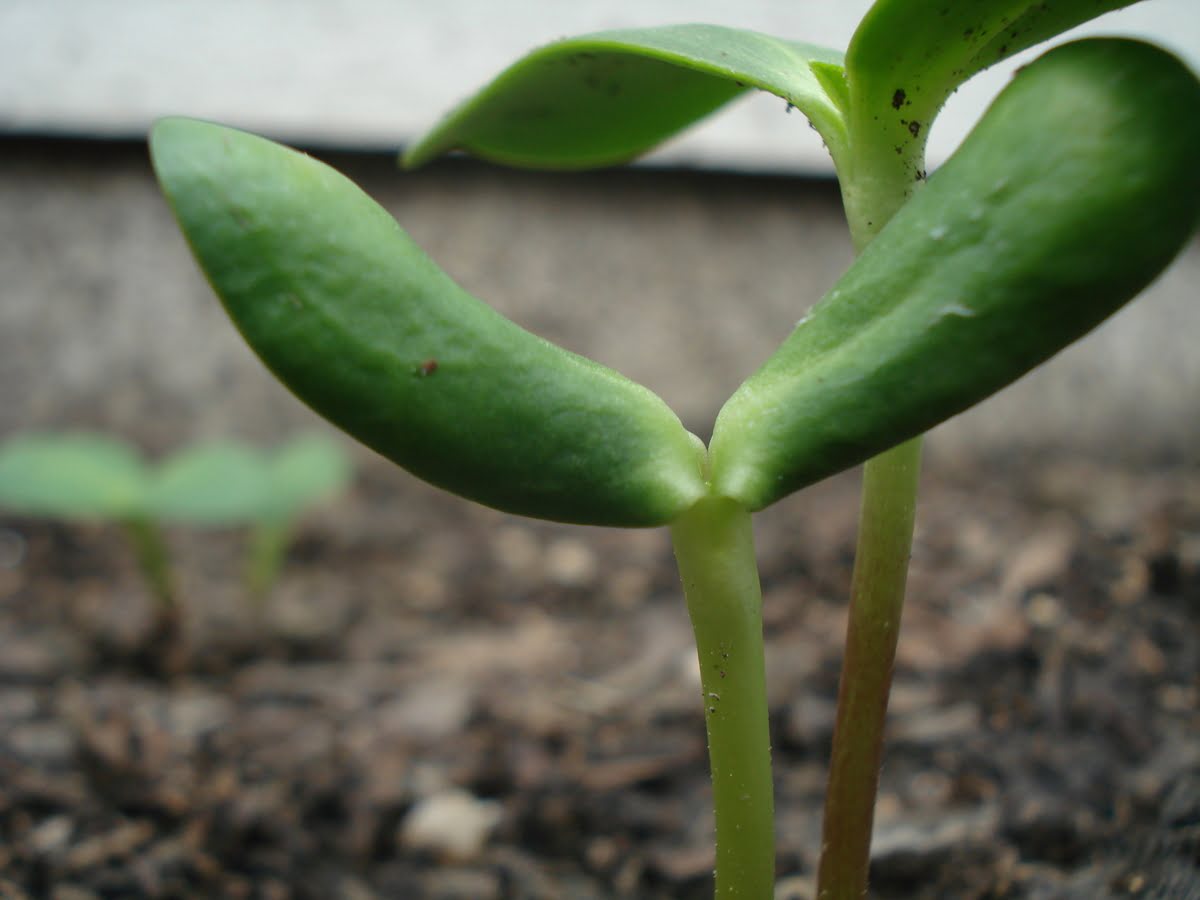

Ornamental Gardening
What Do Sunflowers Look Like When They Sprout
Modified: January 22, 2024
Discover the beauty of sprouting sunflowers in your ornamental gardening journey. Watch as they transform from tiny seeds into vibrant and majestic blooms, adding a touch of sunshine to your garden.
(Many of the links in this article redirect to a specific reviewed product. Your purchase of these products through affiliate links helps to generate commission for Chicagolandgardening.com, at no extra cost. Learn more)
Table of Contents
Introduction
Welcome to the fascinating world of ornamental gardening! If you’re looking to add beauty and vibrancy to your outdoor space, ornamental gardening is the perfect way to do it. And what better way to start than with sunflowers?
Sunflowers, with their towering stalks and radiant blooms, are some of the most beloved and iconic flowers in the gardening world. They are known for their resilience, vibrant colors, and ability to turn heads with their sheer size. But have you ever wondered what sunflowers look like when they first sprout?
In this article, we will take a closer look at the process of sunflower sprouting and explore the fascinating characteristics of these young seedlings. We will delve into the anatomy of a sunflower seed, the germination process, and the factors that influence the appearance of sunflowers during the sprouting stage.
So, whether you’re a seasoned gardener or a novice looking to embark on your gardening journey, join us as we uncover the wonders of sunflowers and discover what they look like when they sprout.
The Anatomy of a Sunflower Seed
Before we dive into the sprouting stage of sunflowers, let’s first understand the fascinating anatomy of a sunflower seed. Every sunflower plant begins its life as a tiny seed, encased in a protective shell.
A sunflower seed consists of several key parts. The outermost layer is the seed coat, which acts as a shield to protect the delicate embryo within. Underneath the seed coat is the endosperm, a nutrient-rich tissue that provides the necessary energy for the seed to germinate and grow. Finally, at the center of the seed, we find the embryo, which develops into the actual sunflower plant.
The embryo of a sunflower seed contains the primary root, also known as the radicle, which grows downward into the soil to anchor the plant. As the root develops, it absorbs water and nutrients from the soil, supporting the growth of the sunflower.
In addition to the radicle, the embryo also contains the plumule, which is the embryonic shoot. The plumule remains dormant within the seed until the right conditions for germination are met, such as proper moisture and temperature.
It’s truly remarkable how all these components work together to ensure the successful germination and growth of a sunflower seed. Now, let’s explore the process of how these seeds sprout and eventually transform into stunning sunflower plants.
Germination Process of Sunflowers
The germination process is a critical stage in the life cycle of sunflowers. It is the point at which the dormant seed starts to absorb water, break its protective coat, and initiate the growth of the embryo inside.
Germination begins when the sunflower seed comes into contact with moisture, typically from rainfall or irrigation. The water penetrates the seed coat, softening it and activating the internal biochemical processes. As a result, the seed starts to swell and the protective coat cracks open.
Once the seed coat has split, the radicle emerges and begins to grow downward into the soil. The radicle serves as the anchor for the developing plant, ensuring stability and providing a pathway for water and nutrients to reach the growing seedling.
As the radicle extends, the plumule within the seed starts to elongate and grow upward. It pushes through the soil surface, breaking free from the confines of the seed, and unfurls its first pair of embryonic leaves, known as cotyledons.
The cotyledons are essential for the early growth and nourishment of the sunflower seedling. They contain stored nutrients from the endosperm, providing the energy needed for the young plant to establish itself and develop its true leaves.
During this germination phase, it is crucial to provide the sunflower seedlings with adequate moisture, sunlight, and nutrient-rich soil to support their growth. Proper care and attention at this stage will ensure healthy seedling establishment and lay the foundation for robust sunflower plants.
Now that we have explored the germination process, let’s shift our focus to the appearance of sunflowers during the sprouting stage and what we can expect to see as they begin to grow.
Sprouting Stage of Sunflower Seeds
As the sunflower seeds enter the sprouting stage, a whole new world of growth and development unfolds. This is when the seedlings start to emerge from the ground and display their unique characteristics.
During the sprouting stage, the sunflower seedlings undergo rapid growth. The stem elongates as it reaches towards the sunlight, while the root system expands below the soil surface, branching out to secure water and nutrients for the growing plant.
At this stage, sunflower seedlings are highly susceptible to fluctuations in environmental conditions. They require consistent moisture levels, adequate sunlight, and protection from extreme temperatures to thrive. Proper care during this pivotal stage will greatly influence the future health and vitality of your sunflower plants.
The sprouting stage is also when the sunflower leaves begin to develop their distinct shape. The initial pair of cotyledons, which emerged during germination, will be joined by the true leaves. These true leaves have a different appearance from the cotyledons and resemble the familiar shape of adult sunflower leaves.
As the sunflower seedling continues to grow, more sets of leaves will unfold, each becoming larger and more prominent. The leaves play a crucial role in photosynthesis, harnessing sunlight to convert carbon dioxide and water into energy for the plant’s growth and development.
During the sprouting stage, the sunflower seedlings may also display interesting behaviors such as phototropism. Phototropism is the bending of the plant towards the source of light, ensuring optimal exposure for photosynthesis.
It’s important to note that the appearance of sunflower seedlings during the sprouting stage may vary depending on factors such as the sunflower variety, environmental conditions, and overall plant health. Their growth rate, leaf color, and size may differ, but they all share the common goal of reaching maturity and producing their iconic blooms.
Now that we have a better understanding of the sprouting stage, let’s delve into the specific characteristics and factors that can influence the appearance of sunflower seedlings.
Appearance of Sunflowers during Sprouting
Sunflowers during the sprouting stage exhibit various characteristics that make them visually intriguing. From the emergence of cotyledons to the development of true leaves, these young seedlings showcase the promise of the striking sunflowers they will eventually become.
One of the first signs of sprouting is the appearance of cotyledons. Cotyledons are the initial leaf-like structures that emerge from the seed during germination. They are usually rounded and differ in color from the true leaves. Cotyledons serve as temporary energy reserves for the sunflower seedling until it can generate enough energy through photosynthesis.
As the sunflower seedling progresses, it will develop its true leaves, which have the characteristic broad, heart-shaped appearance of mature sunflower leaves. The true leaves emerge above the cotyledons and become more pronounced as the plant grows.
The color of the leaves during the sprouting stage can vary depending on the sunflower variety and environmental conditions. It is common to see vibrant green leaves, but some sunflower varieties may exhibit reddish or purplish hues in their early stages of growth. This coloration is often a response to environmental factors, such as temperature or nutrient availability.
Another notable feature during the sprouting stage is the development of the stem. The stem of a sunflower seedling is thin and delicate in its early stages but gradually thickens and strengthens as the plant grows. It elongates rapidly, reaching towards the sunlight for optimal energy absorption.
The root system of a sprouting sunflower is also of great significance. While it remains hidden below the soil surface, the root system grows and branches out to search for moisture and nutrients. A healthy and well-developed root system is essential for providing stability and nourishment to the sunflower seedling.
It’s important to note that the appearance of sunflowers during the sprouting stage can be influenced by different factors. Environmental conditions, such as sunlight, temperature, and soil quality, can impact the growth rate, leaf color, and overall vitality of the seedlings. Additionally, each sunflower variety may possess unique characteristics that affect its appearance during the sprouting stage.
As the sunflower seedlings continue to develop and transition into the next stages of growth, their appearance will evolve significantly, leading them closer to their iconic status as magnificent sunflower plants in full bloom.
Factors Affecting Sunflower Sprout Characteristics
Several factors can influence the characteristics and growth of sunflower sprouts. Understanding these factors can help gardeners optimize the conditions for healthier and more robust seedlings.
1. Sunlight: Sunflowers are known for their love of sunlight. Adequate exposure to sunlight is crucial for the healthy development of sunflower seedlings. Insufficient sunlight can result in weak, elongated stems and pale leaves. Ensure that your sunflower sprouts receive at least 6-8 hours of direct sunlight each day.
2. Temperature: Sunflowers thrive in warm temperatures. They prefer a temperature range between 65°F (18°C) and 85°F (29°C) for optimal growth. Extreme temperatures, particularly frost or intense heat, can negatively impact their sprouting process and growth.
3. Watering: Consistent moisture is essential for sunflower sprouts. Dry or waterlogged conditions can stunt their growth or lead to root rot. Water the seedlings regularly, ensuring the soil is moist but not overly saturated. Aim for a well-draining soil to prevent waterlogged conditions.
4. Soil Quality: The quality of the soil plays a significant role in the sprouting and growth of sunflower plants. Sunflowers prefer well-draining soils with good fertility. Amend the soil with organic matter, such as compost, to improve its texture, fertility, and water retention capabilities.
5. Nutrients: Sunflowers require nutrients, including nitrogen, phosphorus, and potassium, for healthy growth. Incorporate a balanced fertilizer into the soil before planting to provide the essential nutrients. Avoid over-fertilization, as it can lead to excessive foliage growth with limited bloom production.
6. Genetics: Different sunflower varieties possess unique genetic traits, which can influence the appearance and characteristics of their sprouts. Some varieties may have compact growth habits, while others may exhibit specific colors or leaf shapes. Choose sunflower seeds that align with your desired sprout characteristics.
7. Pest and Disease Management: Sunflower seedlings are vulnerable to pests and diseases that can hinder their growth. Keep an eye out for common pests like aphids or slugs, and promptly address any signs of damage. Practicing good garden hygiene and using organic pest control methods can help protect your sunflower sprouts.
By considering these factors and providing optimal conditions, you can enhance the characteristics and growth of your sunflower sprouts. Remember to observe your sunflower seedlings closely, make necessary adjustments, and provide the care they need to flourish into magnificent sunflower plants.
Conclusion
In conclusion, exploring the sprouting stage of sunflowers allows us to witness the beginnings of these magnificent plants. From the emergence of cotyledons to the development of true leaves, sunflower seedlings exhibit unique characteristics during this stage.
The anatomy of a sunflower seed reveals the intricate components that make up these seeds, including the protective seed coat, nutrient-rich endosperm, and embryonic roots and shoots. Understanding this anatomy helps us appreciate the complexity of the germination process, during which the seed absorbs water and begins its growth journey.
During the sprouting stage, we observe the rapid growth of sunflower seedlings as they extend their stems towards sunlight and expand their root systems below the soil surface. The appearance of cotyledons and the eventual emergence of true leaves signify the plant’s progression towards maturity.
Several factors influence the characteristics of sunflower sprouts, including sunlight, temperature, watering, soil quality, nutrients, genetics, and pest and disease management. By providing favorable conditions and proper care, we can support healthy and robust sunflower seedlings.
As the sprouting stage concludes, sunflower seedlings continue to develop, eventually transforming into towering plants with vibrant blooms that bring joy and beauty to any garden or landscape.
So, whether you’re an experienced gardener or just starting your gardening journey, don’t miss the opportunity to witness the remarkable sprouting stage of sunflowers. With their stunning growth and unique characteristics, sunflower sprouts offer a glimpse into the incredible journey of these iconic flowers.
Get ready to be captivated by the beauty and resilience of sunflowers as they sprout, grow, and flourish. Happy gardening!
